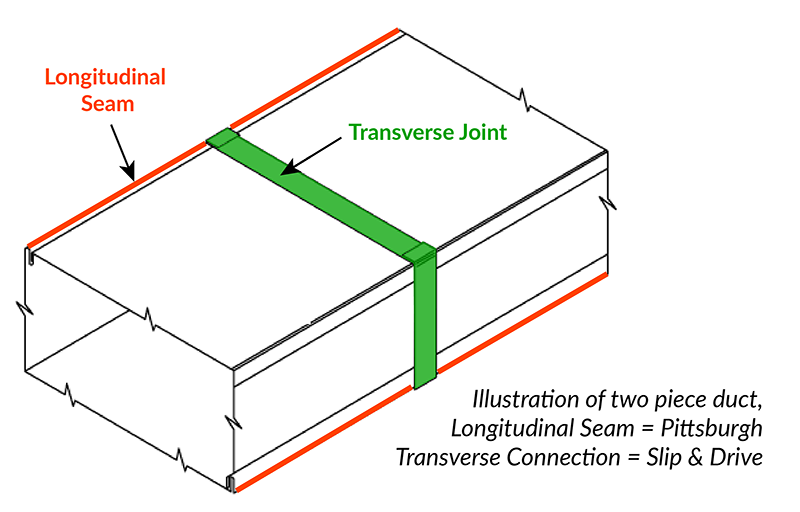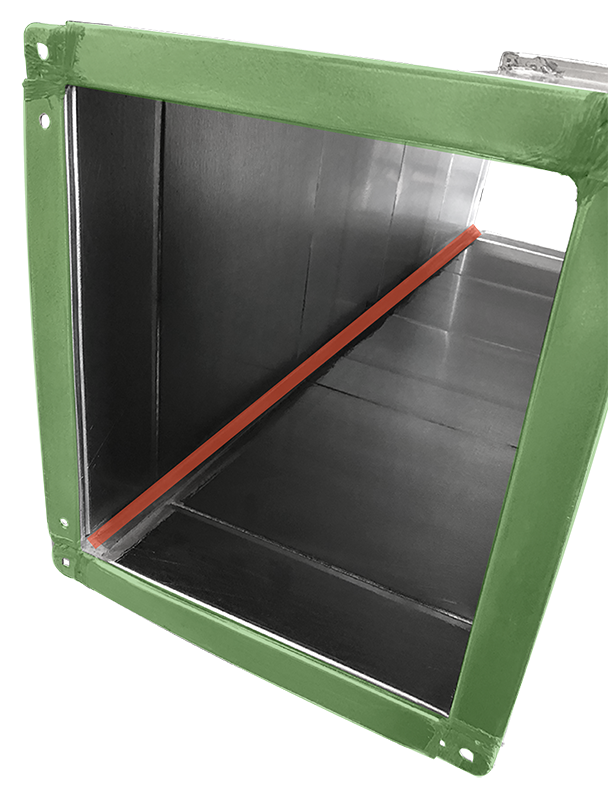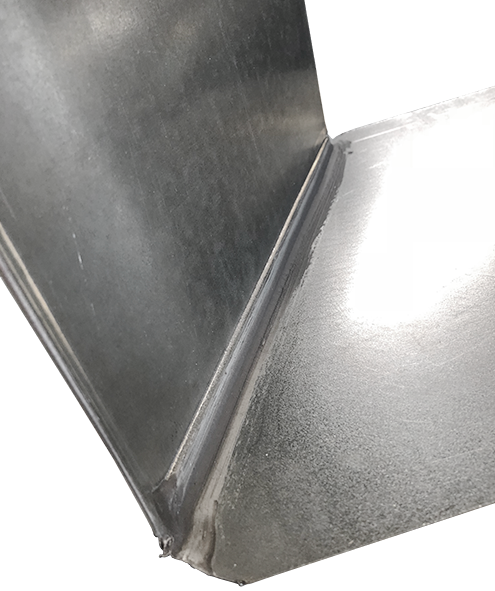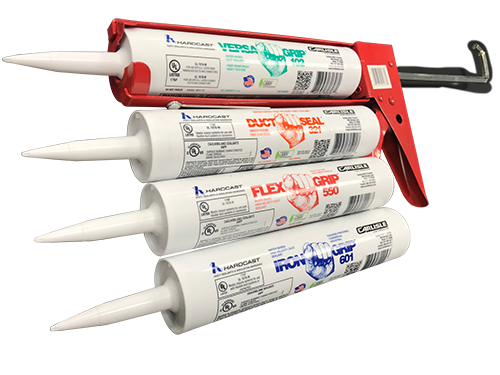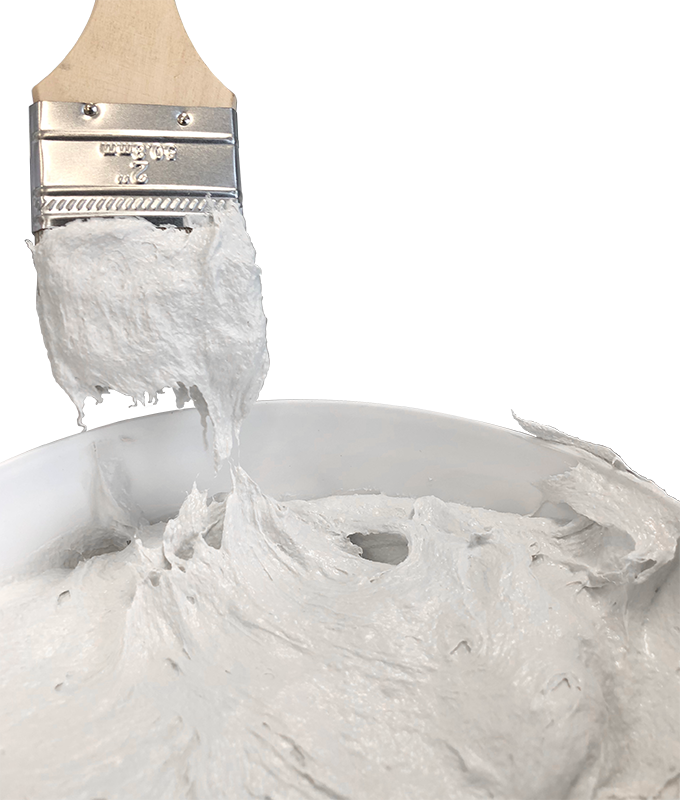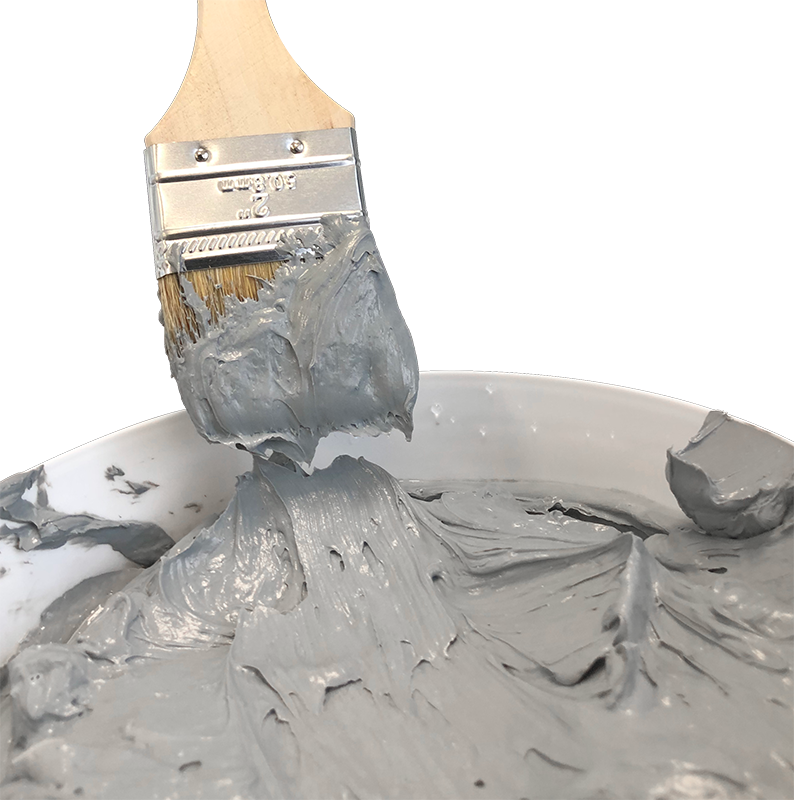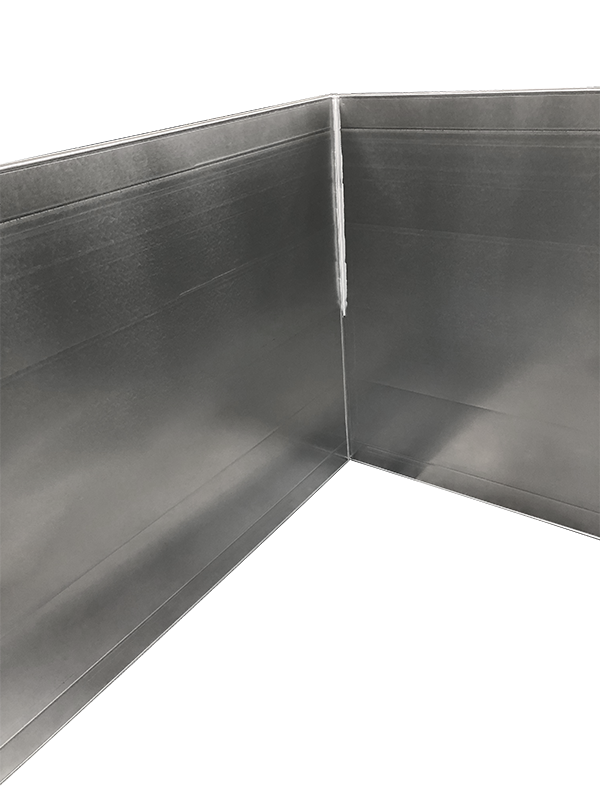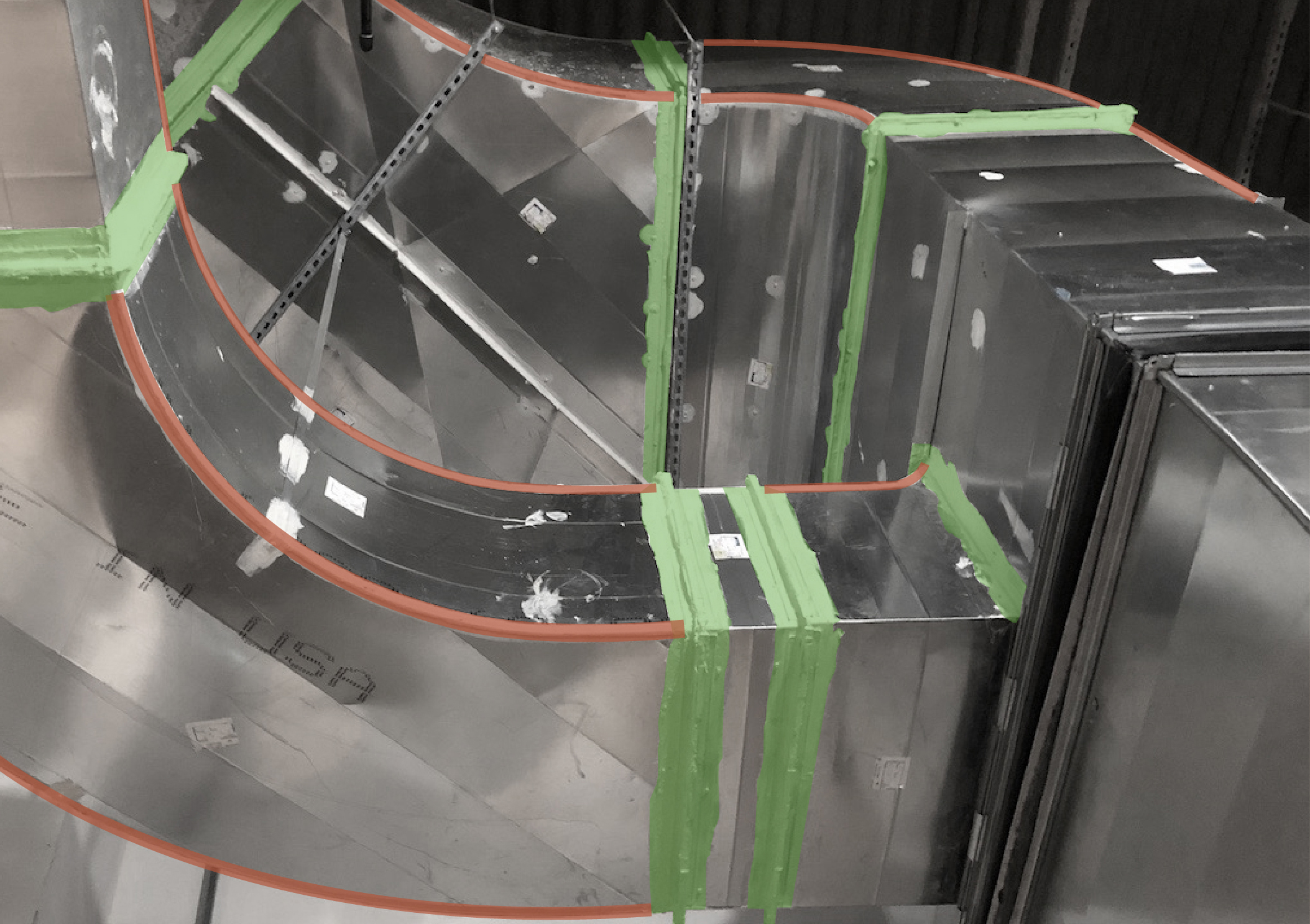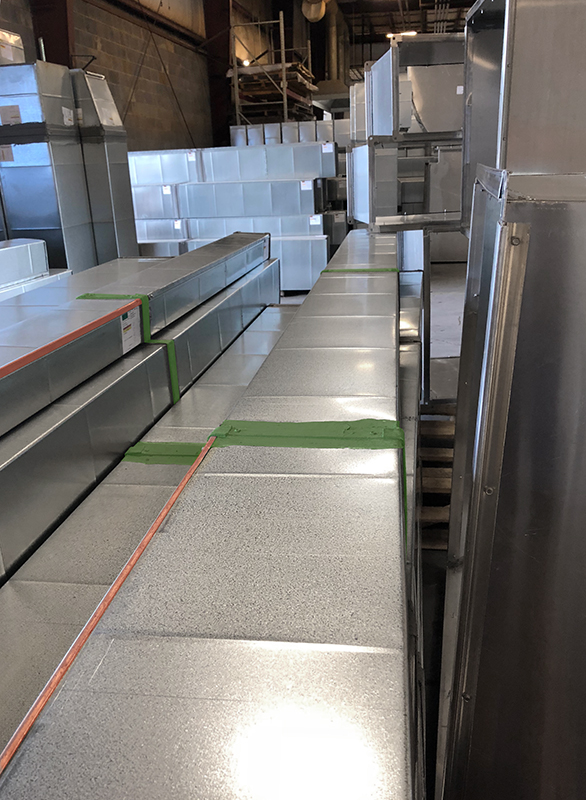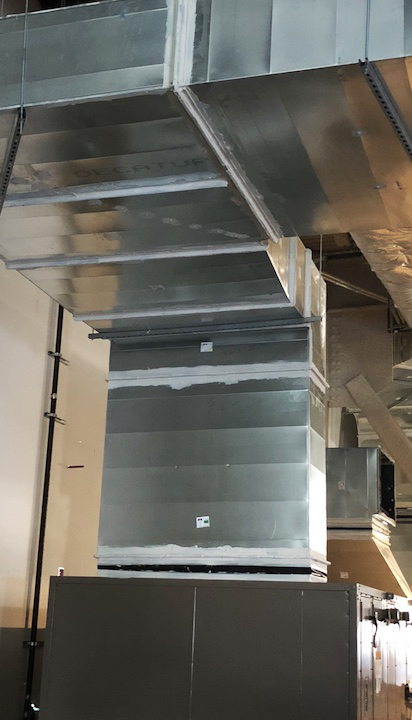Duct Sealant—Longitudinal vs. Transverse
Sealing Rectangular Ductwork: Choosing a Sealant with characteristics that match the Seam/Connection and the point of application
Duct Sealant Characteristics
Longitudinal Seam: a narrow lock that usually is long and continuous and moves in one direction. Covering this lock with more than 1/2“ width of sealant makes for a messy appearance and a waste of mastic. It‘s often sealed in the fab shop before going out to the Job.
Transverse Joint: an end to end 4 sided Connection that will require a min of 2“ width of sealant if it‘s Slip and Drive and up to 5“ if it‘s TDC. It‘s almost always connected in the air on the job site and Sealed once it‘s hung and stationary.
Longitudinal Seam:
The ideal mastic for the three characteristics of this seam is one that’s very smooth , and thus easy to apply in a straight and narrow fashion but also, since it’s often applied in the Fab shop before transport to the Job Site, non-drying, which will give more flexibility during handling. In fact, Fiber free sealants like Hardcast’s 550 Flex Grip , Ductmate PROseal or anything sprayable remain flexible because any Prefabricated Duct work demands it. The idea of a Sealant that stays permanently flexible is similar to the type Ductmate has in every sleeve of their #35 Flange or that some shops are pumping into the Longitudinal seam during fabrication (aka the Pitts Seam Sealant).
Since this rules out all Fibered sealants as a good choice on the Longitudinal Seam because once they dry , they will crack if the Duct Section is handled or transported, the niche for Fibrous mastic is the Transverse.
Transverse Connection:
Fibered Duct Sealants have a thicker consistency and are ideal on the Transverse connection that’s already connected and hung. Covering more width with every stroke of the Brush using a mastic like the Hardcast CCW181 makes it easier to ‘glob” the mastic on all four sides of the duct. Plus, since the ductwork is already connected end to end, the field crew is applying this mastic while up in the air, sometimes with a chip brush over the head. Just like peanut butter is more likely to stay on a utensil than margarine, thicker means better when avoiding any mastic falling into one’s face when brushing over the head.


